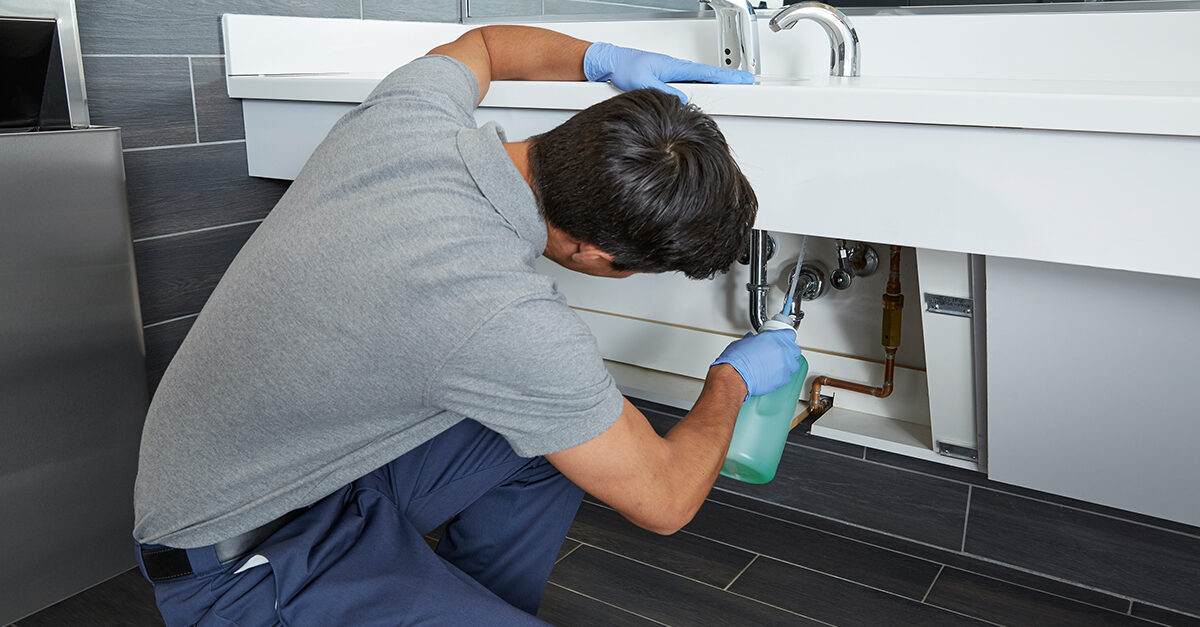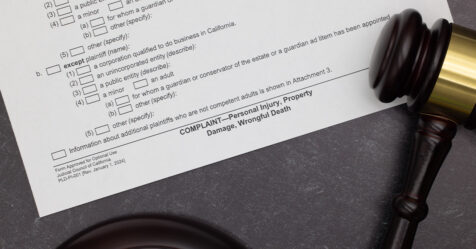Whether big or small, essential or nonessential, virtually every U.S. business has been financially impacted by COVID-19. As lockdowns continue to ease, businesses reopen their doors to employees and customers, and individuals become increasingly more comfortable leaving home, companies are faced with finding ways to not only return to business but remain in business for the long-term.
Much has been written over the past year about the importance of hygiene in helping to reduce coronavirus transmissions. But the importance of hygiene cannot be overstated. For facilities, not only do enhanced hygiene measures help improve the health and safety of building occupants, but they also reassure those occupants that they’re safe. This sense of safety makes them more inclined to walk through those open doors and walk through them over and over again.
But in the age of COVID-19, while improved hygiene may help a business reopen, it’s likely not enough for a business to recoup its losses and profitably remain open. Reducing operating costs is also necessary. Undoubtedly, many businesses have already been reviewing their operating costs and identifying operational changes that will have a dramatic impact on their bottom lines. One area that may be overlooked, though, is identifying specific tactics to improve hygiene that can also provide real cost savings. Here are five such tactics to consider.
1. Change consumables
“Open” or refillable soap dispenser systems reuse the same permanent nozzle, which can be a magnet for bacteria and germs from users’ hands. And by nature of being open, the soap reservoir itself can easily collect bacteria and germs. While the system is relatively inexpensive, replacement parts can be costly.
A “closed” soap system, on the other hand, includes a hygienically sealed nozzle and reservoir, all of which are part of a disposable refill. Unlike an open system, a closed system helps eliminate foreign matter that could otherwise contaminate the soap and render it waste.
In addition, using a foam soap system helps reduce usage and waste because, unlike liquid soap, foam soap is not as likely to drip or dribble into the sink when used.
Paper towels, too, are a cost-effective hygiene solution. Many studies support using paper towels to remove residual bacteria after handwashing and to reduce contamination. And brown paper towels, many of which perform as well as white in both softness and absorbency, usually cost less than their white counterpart.
2. Install automated, touchless dispensers and fixtures
While paper towels are a hygienic hand-drying option, there is nothing hygienic about an unwrapped stack of folded paper towels sitting beside a restroom sink. Nor a user touching the faucet handle after washing their hands. Automated, touchless faucets and flush valves as well as sanitizer, soap, and towel dispensers protect the product inside from contamination and allow users to keep their hands to themselves, both of which help reduce the risk of cross-contamination.
Automated fixtures control the flow of water, which helps reduce water usage and waste. Automated dispensers control the size and amount of product being dispensed, which also helps reduce usage and waste. Reducing usage and waste are valuable tactics for identifying potential cost savings.
3. Implement smart restroom technology
Smart restroom solutions are no longer a thing of the future, and they warrant consideration for any facility looking to enhance hygiene and reduce operational costs. Smart technologies leverage the Internet of Things (IoT) to help safeguard users from empty soap, sanitizer, and towel dispensers so they can properly wash, dry, and sanitize their hands. They also remind custodians to regularly clean and sanitize touchpoints like doorknobs, stall locks and toilet paper dispensers, which helps reduce the number of germs on surfaces users might come in contact with.
In addition, with smart technologies, product waste is reduced as custodians refill dispensers only when needed. Water usage is lowered because they monitor flush valves and faucets to help ensure they are operating optimally.
4. Provide proper training
Having the right tools to improve hygiene is critical, but if they aren’t used properly, they’re not nearly as beneficial to building occupants or custodial staff as they could be. Training helps facilities make the most of their investment and reap the many benefits that today’s more hygienic tools and solutions provide. And advancements in training options and offerings make participation easier than ever.
Self-serve online training, such as that provided by a number of industry associations, manufacturers, and distributors, makes more specialized training highly convenient, so custodial staff can gain the expertise they need without missing hours or days of work time. “Just in time” digital training assets provide training the moment employees need it. And, technology, gamification, and entertainment all help boost training effectiveness.
5. Find the right partner
Having the right distributor and/or manufacturer partner can go a long way in helping to ensure facilities have the information, tools, and solutions to deliver a hygienic environment for building occupants without breaking the bank. The best partners collaborate with a facility to understand its specific needs and goals, keep a facility’s best interests in mind, and help them achieve their hygiene goals in the most cost-effective ways possible.




